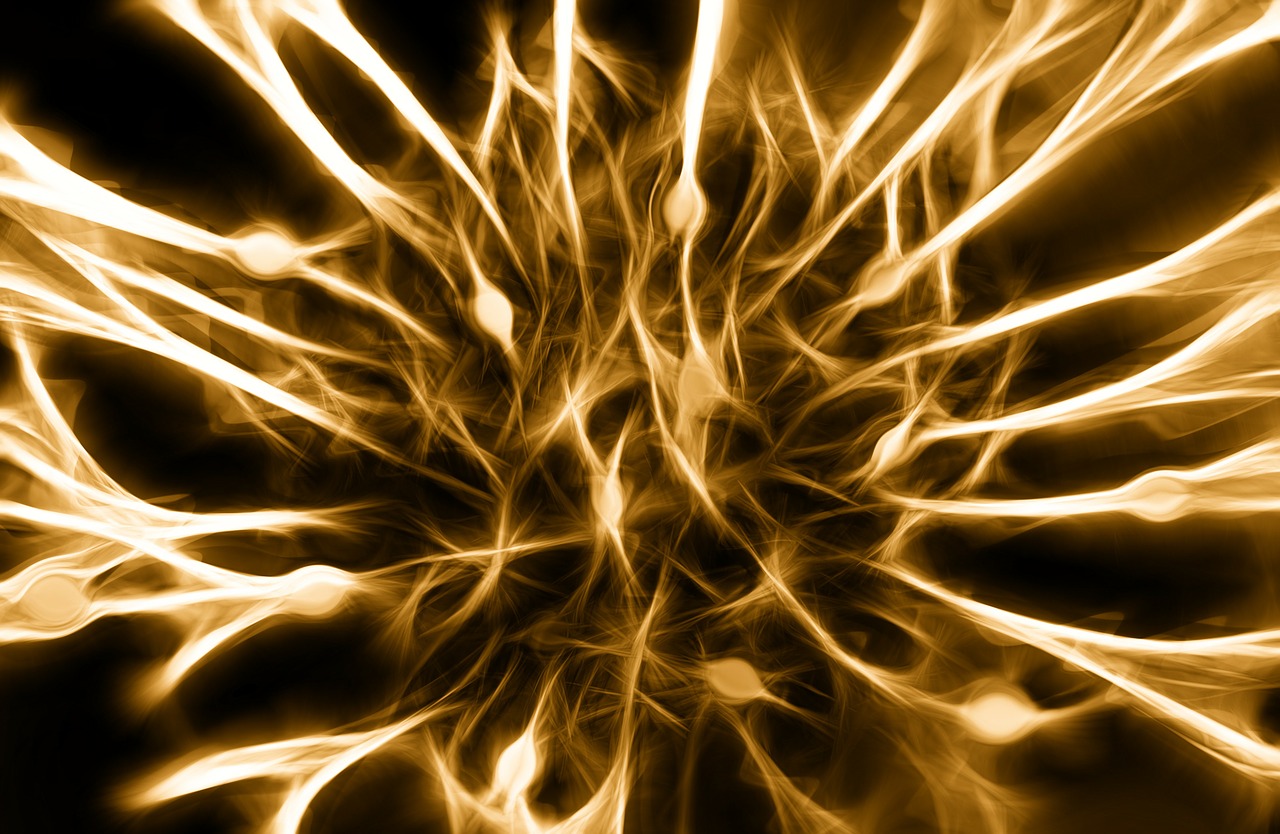STEM CELL THERAPIES IN OBSTETRICS.

Source
Stem cells are undifferntiated cells of multicellular organisms having the ability to renew (reproduce) itself for long periods and give rise to large number of similar cells.After differntiation stem cells give rise to different kind of cells/tissues.
Reproductive tissues are the important source of stem cells (progenitor cells). Stem cells have the potential to be used in the field of regenerative medicine.
Potentials for the use of stem cells in Regenerative Medicine
- Treatment of inherited genetic disorders.
- Treatment of hematological diseases.
Properties of Stem Cells
a. Ability to self renew (undergoing numerous cell divisions) maintaining the undifferentiated state.
b. Multipotency: Capacity to differentiate into a mature cell type.
source
Sources of Stem Cells.
Important sources are:
a. Embryonic tissues
b. Fetal tissues
c. Extrafetal tissues
d. Adult gonads
A. Embryonic tissues: Inner cell mass (ICM) of the blastocyst, embryo and yolk sac.
B. Fetal Stem Cells: Human fetal hematopoietic stem cells (hf HSC) are primarily obtained from bonemarrow and liver. Virtually every part of the developing fetus having higher proliferative capacity.
These cells have higher amount of telomerase activity and have longer telomeres compared to their adult counter parts.
Moreover, these tissues can differentiate efficiently into neuronal, muscle and osteogenic lineages.
C. Extrafetal tissues: Amniotic membranes, placenta, trophoblasts, amniotic fluid cells, all contain progenitor cells.
These mesenchymal stem cells (MSC) can differentiate into most cell types of mesodermal lineages.
Stem cell sample collection and banking Currently the use of stem cells in regenerative medicine is regulated through institutional regulatory boards
**Umbilical cord blood (UCB)**collection and banking is an established source of HSC and MSC. This is used for treatment of hematological diseases like leukemia and bone marrow failure.
Fetal tissues can be obtained following medical termination of pregnancy. Stem cells from fetal tissues can be harvested. Intrauterine transplantation of MSC, collected from liver, can be done for the treatment of hemoglobinopathies.
**Intrauterine stem cell transplantation (IUSCT)** can be used to correct genetic disorders (monogenic diseases). like a. Hemoglobinopathies (α thalassemia, β thalassemia, Sickle cell anaemia). b. Mucopolysaccharidoses (MPS) c. Inherited immune deficiencies d. Osteogenesis imperfecta harvested.
Allogenic transplantation of HSC in the treatment of monogenic disorder has certain advantages. It has high tolerance and less rejection rate as it is done before the onset of fetal immune maturity (first trimester).
Autologous stem cells from fetal cord blood sampling or fetal liver biopsy in early pregnancy is done and the cells are
An exvivo gene transfer may be done thereafter. This also reduces the risk of immune rejection. However, fetal HSC in first trimester has favourable engraftment kinetics. In the first trimester fetal hematopoietic stem cells are highly proliferative and they circulate in significant numbers. Therefore these cells are the important source of autologous HSC.
Fetal mesenchymal stem cells can be bioengineered and used for the disease of bone, skin, liver and heart.
The potential to use stem cells for the fabrication of tissues or organ implants may prove helpful in the treatment of several diseases like genetic, immune deficiency syndromes, urinary incontinence, infertility and structural repair
.
However, till date it is essential to understand its known limitations, putative benefits and the unknown risks. Until there is suffcient evidence on the efficacy of therapy, each case should be considered on an individual basis.
[Source](William's Book of Obstetrics)(Dc Dutta textbook of obstetrics). (Shaw's textbook of obstetrics).
How about the use of stem cell transplantation for genotype modification?
With the use of TALENS and CRISPR, genotype editing in human pleuropotent atem cells has met some sucess but has some shortcomings as well.
I read somewhere that a complete bone marrow transplant can end up changing a patients genotype all together.. What is your take on this.?
No that ia not true.
BMT can cure diseases like sickle cell anemia.it means that BMT has altered genotype in context of blood. But in the same patient, there are numerous other functions going on which are carried by other genes to which BM has no link.
OK. Got it. Thanks for your replies.
Helpful post
Awesome post. This is something I will love to know more about.
Congratulations! This post has been upvoted from the communal account, @minnowsupport, by drqamranbashir from the Minnow Support Project. It's a witness project run by aggroed, ausbitbank, teamsteem, theprophet0, someguy123, neoxian, followbtcnews, and netuoso. The goal is to help Steemit grow by supporting Minnows. Please find us at the Peace, Abundance, and Liberty Network (PALnet) Discord Channel. It's a completely public and open space to all members of the Steemit community who voluntarily choose to be there.
If you would like to delegate to the Minnow Support Project you can do so by clicking on the following links: 50SP, 100SP, 250SP, 500SP, 1000SP, 5000SP.
Be sure to leave at least 50SP undelegated on your account.